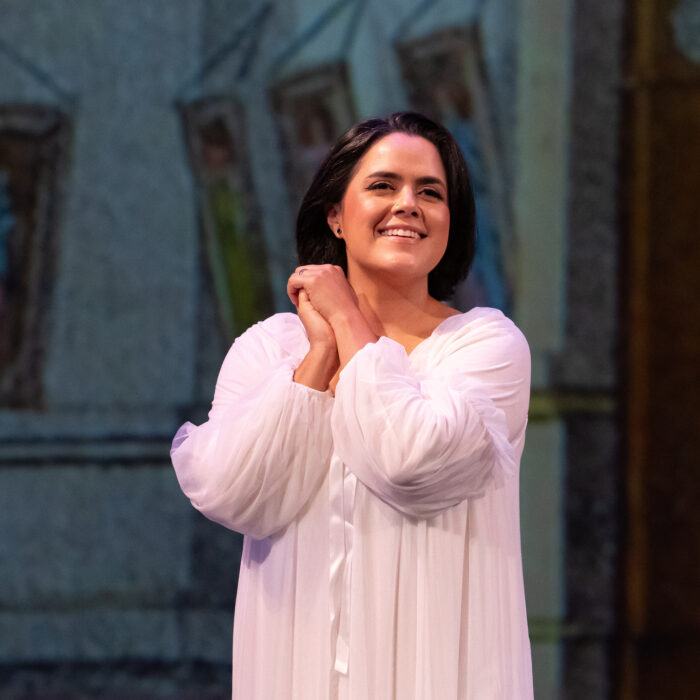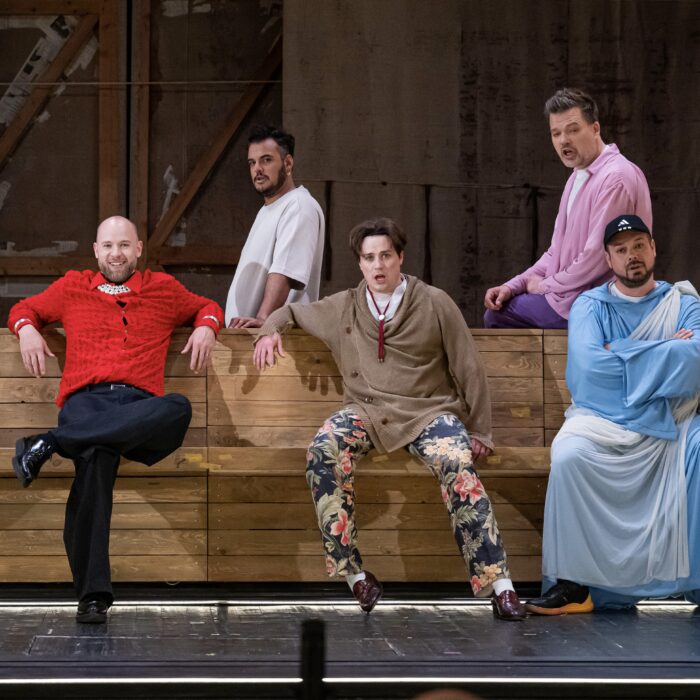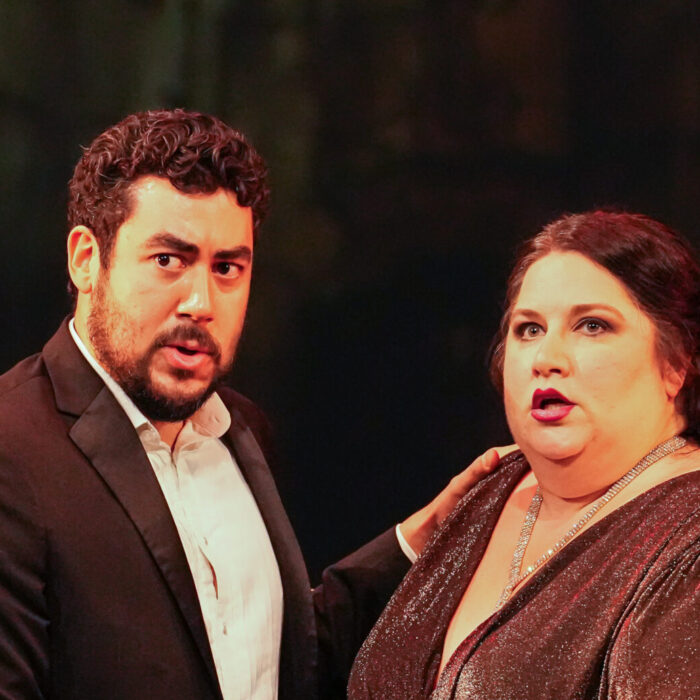
Tage Alter Musik Regensburg Review 2025: La Néréide
Illuminating Voices Featuring Luzzasco Luzzaschi’s ‘Il Concerto Segreto’ (Rome, 1601)
By Mengguang Huang(Photo Credit: Jean-Baptiste Millot)
In a striking counterpart to the shadowy, midnight Strozzi program just days prior, this afternoon concert at the Former Minorite Church of St. Salvator bathed the music of Luzzasco Luzzaschi in broad daylight—both literally and figuratively. Sunlight streamed through the high clerestory windows, casting a warm glow over the three elegantly dressed sopranos and onto the tightly interwoven polyphony once meant for the most private ears of Ferrara’s court.
One couldn’t help but ask: how does music once confined to secretive salon performances by the legendary Concerto delle Dame now find a voice in such a vast and resonant sacred space?
The answer came from La Néréide, a young ensemble who offered a vivid glimpse into this rarefied chapter of musical history. Sopranos Camille Allérat, Julie Roset, and Ana Vieira Leite sang in striking synchrony. Their voices—Allérat’s poised and grounded, Roset’s diaphanous and crystalline, Leite’s edged with theatrical intensity—blended like wine from the same vineyard: distinct varietals with subtle, resonant differences. Visually, they reinforced this cohesion-with-contrast. All three wore variations of a violet-red palette— whose delicate tonal differences, suggesting, perhaps, the remembered elegance of those legendary ladies in Ferrara.
Opening with “Non sa che sia dolore,” the trio immediately established a mood of restrained sorrow, suspended within the church’s generous acoustic bloom. Ornamentation—often a showcase of vocal agility—felt here like organic tendrils sprouting naturally from the melodic stem: growing seamlessly from breath and phrase. In pieces like “T’amo mia vita” and “O dolcezze amarissime d’amore,” every dissonance lingered just long enough to ache before dissolving into the air like fading perfume.
Where Strozzi’s music often unfolds in dramatic solo monologues, Luzzaschi’s madrigals operate more like ensemble arias in moderate motion, where imitative textures, layered sighs, and carefully weighted pauses do the expressive work. This demands a deep, almost choreographic trust between the singers—especially in madrigals such as “Stral pungente d’amore” and “Ch’io non t’ami, cor mio”—where timing and breath become shared dramatic language. The trio navigated these intricacies with the maturity of long-time collaborators.
The scale of the space—larger and more reverberant than the nighttime Strozzi venue—posed no obstacle. Rather than fight the long decay, the musicians leaned into it, allowing phrases to bloom fully into silence, or to shimmer in gentle overlap. Instrumental contributions lent a golden aura to the voices. Harpsichordist Yoann Moulin, theorbo player Gabriel Rignol, and gambist-harpist Manon Papasergio provided preludes and ritornelli that never felt functional. Particularly before “Io mi son giovinetto,” their introduction sketched a miniature scene: a breathing soundscape whose texture and emotional shading prepared the ear for what was to follow. These were not mere introductions, but tonal prologues.
By the time the concert closed with Francesca Caccini’s “Coro delle piante incantate” from “La liberazione di Ruggiero,” the earlier interpolations of Monteverdi and Marenzio had already expanded the program’s historical and stylistic reach. These detours didn’t dilute Luzzaschi’s impact; they framed it, showing how his once-enclosed madrigals could converse with the broader flowering of seventeenth-century vocal art.
In full daylight, Luzzaschi’s music did not lose its intimacy—it transformed. What was once private and secretive became something newly radiant. Carried by three young artists of extraordinary sensitivity, the voices of Ferrara’s hidden women rang out beneath stone vaults and sunlit windows, lifted high, reverberant, and free.



